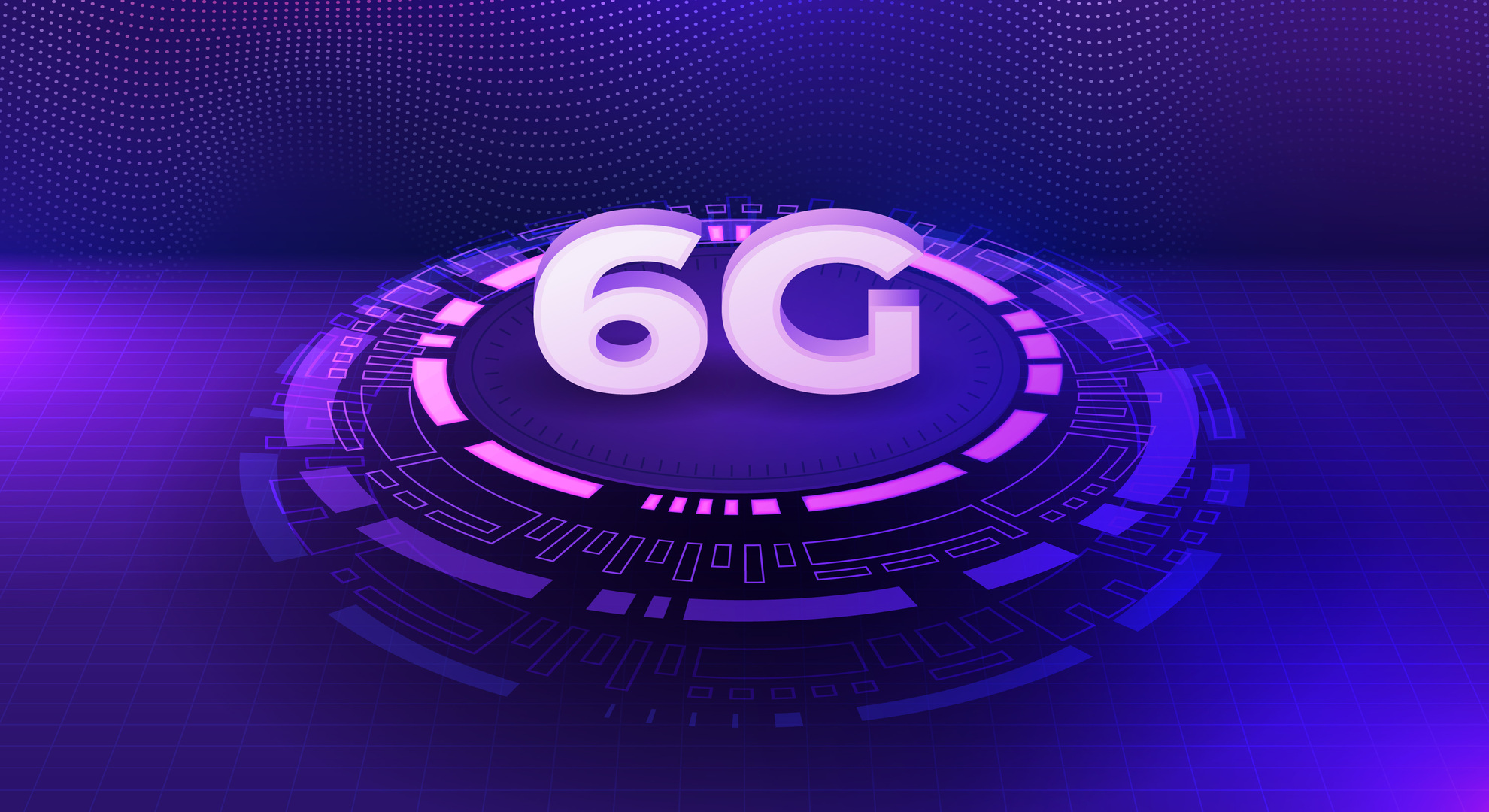
15 Nov The role of optical Fiber in 6G connectivity and the Internet of the future
Technological development, particularly in telecommunications and connectivity, has been one of the most powerful drivers of modern society over the past century. Thanks to optical fiber and the Internet, our world has been transformed in nearly every aspect. Research and development continue to forge ahead, with innovations like 6G, artificial intelligence, and the Internet of Things (IoT) promising even greater advancements in the future. But what role will optical fiber play in these new paradigms?
A more demanding Internet, but with more services and greater capacity
Internet connectivity is now considered almost a basic need—at least in developed Western societies—so it is foreseeable that users will demand even more bandwidth in the near future, as well as greater speed, security, and functionality. Operators must therefore rise to the challenge by delivering infrastructures and service packages that meet these new demands.
It’s no longer sufficient to simply provide reliable data transmission. Ultra-high-definition video, HD voice, augmented reality, and processing needs for artificial intelligence engines are now on the scene, to name just a few examples. In response, optical fiber—both current versions and the potential evolutions now under development—will play an essential role.
Optical fiber will be essential for 6G
Wireless connectivity will certainly be another key vector of future development. The next step in mobile connectivity, 6G, is well on its way to representing a significant leap forward in speed and security. It will also have a major ally: artificial intelligence, integrated into wireless communication networks.
With the support of AI, 6G networks are expected to be self-optimising, able to manage data traffic and flows autonomously, establish protocols and priorities during peak demand, and adapt in real-time based on user needs. Optical fiber will be the main facilitator, allowing AI to process the vast volumes of information required to power intelligent algorithms and logical models.
How will optical fiber and 6G impact global connectivity?
While we must wait for empirical data to answer this question fully, informed projections can be made. The impact of 6G and optical fiber on global connectivity is expected to be significant. As more regions gain access to these high-speed networks, Internet access is likely to become more equitable, helping to close the digital divide—a major challenge for many nations, both developed and developing.
This will open access to educational, medical, and economic services in remote and underserved regions. New technologies powered by optical fiber and 6G also hold the potential to transform how individuals and businesses communicate globally, with ultra-fast and reliable connectivity. Geographic barriers will shrink even further, enabling real-time collaboration between professionals across the globe, advancements in telemedicine, and the expansion of digital commerce into new frontiers.
Without a doubt, optical fiber and wireless connectivity are poised for remarkable improvements in the coming years. These advances will contribute to a stronger economy, greater social development, and ultimately, a better technological future for us all.

